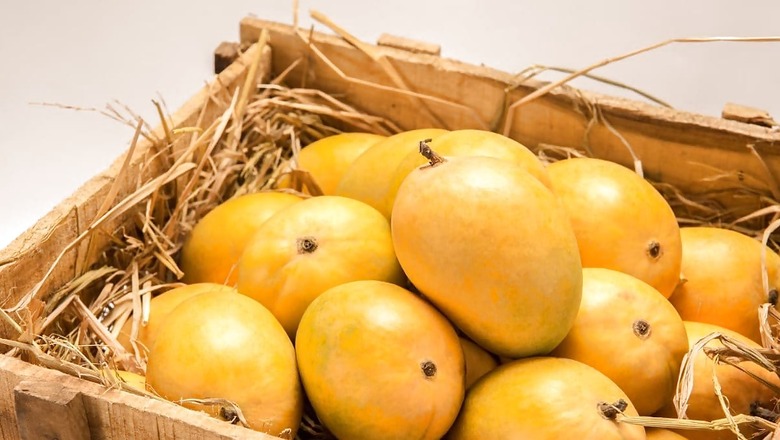
views
The onset of the summer months promises unbearable heat but at the same time it is the time to enjoy the king of fruits, everyone’s favourite: mangoes. Especially in India, mango is a beloved summer fruit, found in almost every household, in several varieties.
In India, some of the most popular varieties of mangoes are called Dussehari, Chausa, Malda and Langda. People buy these in large quantities, to stock up on them as it is only available during the summers. However, they often find the mangoes to be unripe and foul-tasting, which could indicate that chemicals are used to ripen them.
You should take an uncut mango and observe its colour carefully. If it has ripened naturally, the mango will give out a yellow colour and if chemicals are used for the process, it will show a greenish hue.
The mango’s strong fragrance is due to the presence of ethylene in it, so if it smells nice and the fragrance spreads around, it has ripened naturally. Keep in mind that it should have a sweet smell. And if it does not smell at all, then you must know that it has been ripened artificially.
Furthermore, you can also know how ripe it is by touching the fruit. Take a mango and gently press it, if you can feel its pulp, it is ripe and good to eat. However, if you find it to be too soft, it is most likely bad. The use of chemicals can also make it too soft or even hard.
The naturally ripened mangoes carry brown patches on their skin, while the ones ripened through chemicals have white spots or no spots. Some ripe mangoes also have slight wrinkles on their skin. These wrinkles indicate that the mango is juicy and ready to eat.


















Comments
0 comment